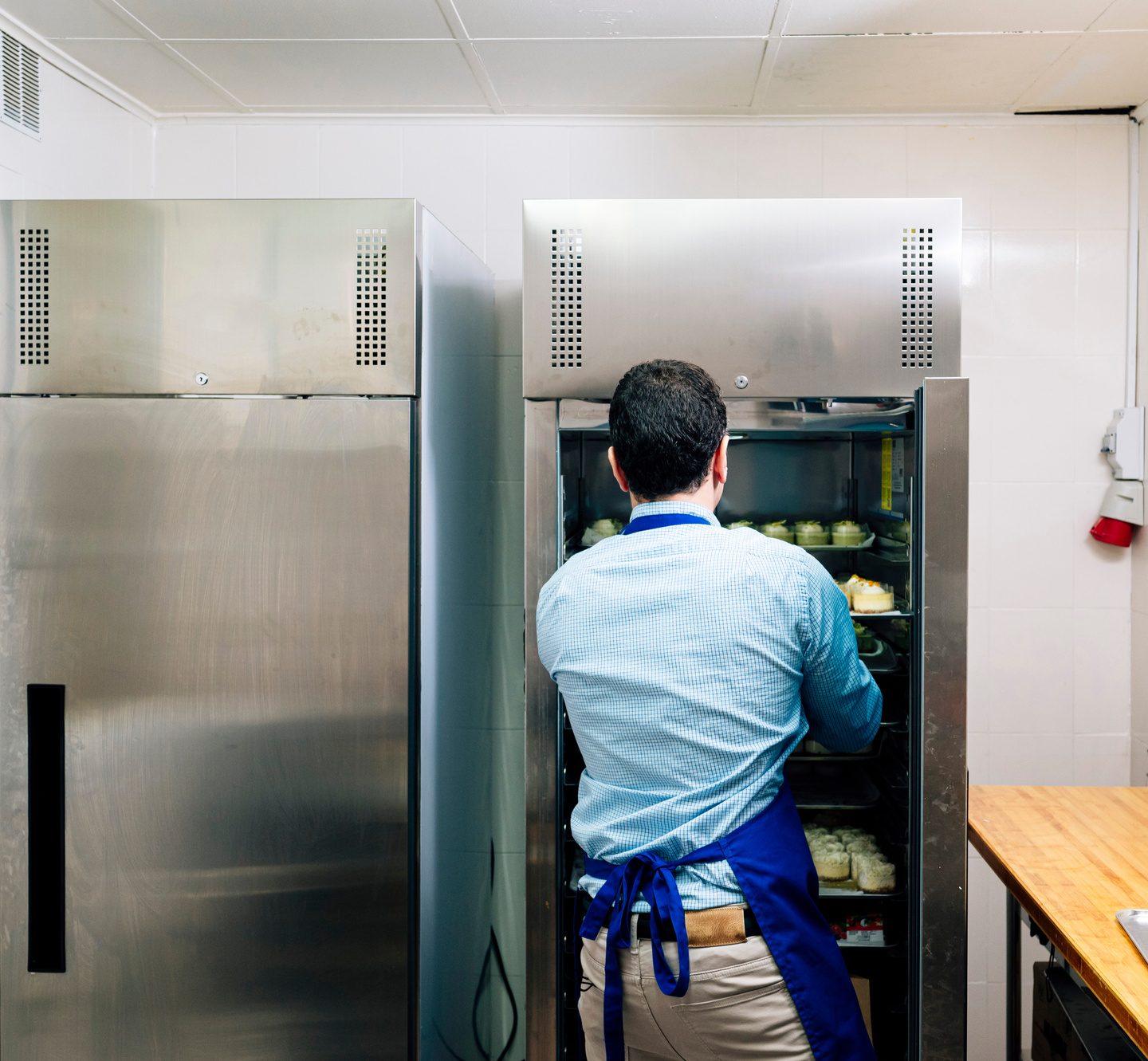When setting up or upgrading a restaurant kitchen, one of the most important pieces of equipment you’ll need is a dependable commercial fridge. As you research options, you’ll find a dizzying array of choices in terms of styles, configurations, and features.
With so many models on the market, how do you choose the right refrigerator for your restaurant’s needs? This comprehensive guide examines the key factors that’ll help you select the most reliable commercial fridge for your food service operation.
Determine The Right Capacity
One of the first things to establish is what capacity fridge you need. This depends primarily on your restaurant’s size and menu complexity.
If you serve a limited menu in a small cafe, you likely need less space than a full-service establishment with extensive ingredient needs. Assess your current and projected future recipe ingredients and volumes to gauge the appropriate fridge size.
In most restaurant kitchens, you’ll need both a 1-door reach-in fridge for frequently accessed items and a larger 2-3-door undercounter fridge. Think about ease of access, too—placing ingredients that get used the most in easy-to-reach fridges.
When estimating fridge capacity needs, it’s always better to overestimate than underestimate. An overcrowded unit leads to uneven cooling and cross-contamination risks.
Evaluate Configurations
Restaurant fridges come configured as reach-ins, under counters, and walk-ins.
- Reach-in refrigerators have vertical hinged doors you access from the front by reaching in. They allow for convenient grab-and-go storage for your busiest ingredients and offer narrower footprints.
- Undercounter fridges provide more capacity while fitting under counters and prep tables. Some feature solid doors with full shelves, while others have horizontal slide-out drawers for organization.
- For extensive storage needs, walk-in coolers provide maximum space with shelving configurations tailored to your kitchen.
Consider which style aligns best with your kitchen layout and workflow.
Assess Temperature Consistency
A key hallmark of a reliable commercial fridge is consistent cooling across all areas of the unit. Potential hot and cold spots lead to food safety issues. Seek out units with intelligent fans, vents, and cold air distribution to maintain steady temperatures everywhere.
Digitally controlled units allow you to verify the fridge stays between 33-41°F. Additionally, choose solid doors rather than glass to limit temperature fluctuations when the door is opened.

Analyze Durability Factors
In bustling restaurant kitchens, equipment takes a beating. Select commercial refrigerators engineered specifically for food service’s high-intensity use. Refrigeration components should run a minimum of 12 hours daily to cope with repeated openings and closings.
Seek fridges with durable stainless-steel construction both inside and out. The exterior resists corrosion, while stainless interiors facilitate easy cleaning. Sturdy shelving, casings, and hinges also withstand heavy use, so your unit lasts.
Assess Noise Level
Restaurant kitchens get loud, so the last thing you need is a fridge humming and rattling and adding to the noise. Evaluate options based on decibel ratings, seeking models emitting under 55 dB for comfortable ambient noise.
Fan motors, compressors, and condensers all contribute to appliance sounds. Additionally, units with air vents chilled via gravity coils rather than fans operate more quietly.
Compare Accessory Options
Restaurant fridge accessories customize the unit’s functionality for your specific concept. Some key add-ons include storage drawers for meat and dairy, adjustable wire shelving, tray slides, and racking systems. You can expand storage space by adding ingredient bins, dunnage racks, and side mounts.
Display models feature glass doors or windows to showcase ingredients to guests. Specialized accessories like humidity-controlled crisper drawers, heated compartments, and blast chillers also apply to certain recipes. Factor in what accessories help support menu offerings and streamline kitchen operations.
Incorporate Ergonomics
A thoughtfully designed commercial fridge incorporates ergonomic elements for safety and efficiency. Look for user-friendly hardware like recessed handles for easy gripping, even with messy or wet hands. Interior LED lighting ensures excellent visibility inside without shadows.
If your concept involves kids or disabled staff accessing the fridge, include ADA-compliant models with low-reach handles and shelves. Also, ensure there’s adequate space around the fully-opened doors to load and unload items safely.
Evaluate Energy Efficiency
With rising energy costs impacting restaurant profits, it pays to seek out energy-efficient commercial refrigeration. Look at the unit’s kilowatt usage to understand estimated hourly energy consumption, seeking Energy Star-certified models.
Doors with innovative gaskets self-seal tightly to prevent cool air from escaping while heat stays out. Fan motors with variable speeds save power during off-peak times. Intuitive temperature and defrost controls further conserve energy.
Though energy-efficient units may carry slightly higher upfront costs, they yield substantial savings over years of daily use.
Analyze After-Sales Support
Even commercial-grade refrigeration eventually requires maintenance, repairs, and part replacements to keep running optimally. Assess what after-sales support the manufacturer provides should issues arise.
Many companies offer on-site support contracts for repairs by factory-certified technicians. Choose producers who stock replacement parts to avoid lengthy equipment downtimes while awaiting shipments.
Understand all warranty terms should defects emerge early on—factor after-sales service assistance into your buying decision.
Final Thoughts
Identifying the right fridge ensures you safely store all your fresh, frozen, and prepared ingredients while creating an efficient, ergonomic kitchen environment. Partner with reputable restaurant equipment companies to identify equipment purpose-built for the demands of restaurant operations.
With an equipped kitchen and top-notch refrigeration powering culinary excellence, you’ll be on your way to five-star dining success.

